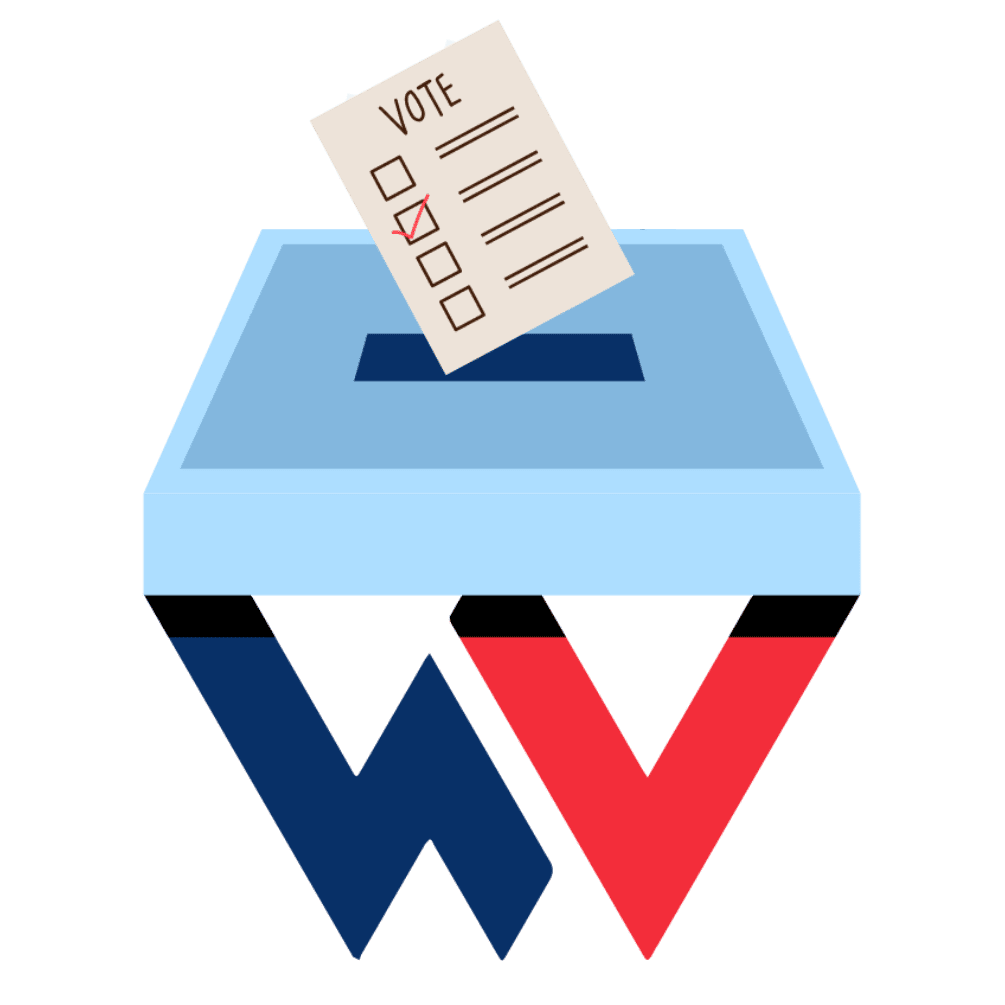How does “Project 2025” address pornography, obscene materials, minors, identity verification, age verification, invasion of privacy, and censorship?
Overview:
Project 2025 introduces severe regulations aimed at curtailing access to what it broadly categorizes as pornography and obscene materials, ostensibly to protect minors.
The initiative employs strict identity and age verification processes, which raise substantial concerns over privacy invasion.
The document’s use of vague language to define “obscene” content is particularly troubling, as it opens the door to potentially oppressive applications, especially targeting content related to non-heterosexual lifestyles and non-traditional family structures.
Direct Text Citations:
“All digital content providers will be required to implement stringent controls to ensure content deemed obscene is inaccessible to minors, protecting their moral development.” (Project 2025, page 509).
“Obscene content, which undermines traditional family values, will be subject to strict scrutiny and regulation under new federal guidelines.” (Project 2025, page 510).
Categories of Changes:
- Aggressive Content Regulation:
- Broad and ambiguous definitions of “obscene materials” allow for extensive censorship, particularly targeting LGBTQ+ content and discussions on non-traditional relationships.
- Invasive Verification Processes:
- Implementing invasive identity and age verification systems that threaten personal privacy and could deter free expression online.
- Potential Expansion of Censorship:
- Beyond protecting minors, these measures can extend to suppress a wider range of content under the pretext of obscenity, potentially stifling freedom of expression.
Detailed Implications for Everyday Citizens:
- Vague Definitions Leading to Overreach:
- Risk of Censoring Non-Heterosexual Content:
- The loose definition of what constitutes “obscene” can lead to the censorship of LGBTQ+ content, affecting not only accessibility but also the visibility and representation of these communities.
- Suppression of Educational and Supportive Content:
- Information crucial for the well-being and rights of LGBTQ+ individuals, including health and legal information, could be classified as inappropriate, limiting vital resources for these communities.
- Risk of Censoring Non-Heterosexual Content:
- Invasion of Privacy and Autonomy:
- Privacy Concerns with Verification Systems:
- Mandatory identity checks to access online content could lead to data breaches and misuse of personal information, heightening risks of identity theft and unauthorized surveillance.
- Impact on Adult Privacy and Freedom:
- Adults’ rights to privately access legal content without state intrusion could be compromised, forcing individuals to navigate cumbersome and potentially discriminatory verification processes.
- Privacy Concerns with Verification Systems:
- Cultural and Social Regression:
- Normalization of Extensive Surveillance:
- These policies might normalize a surveillance culture where citizens’ online activities are constantly monitored under the guise of moral and child protection.
- Marginalization and Stigmatization:
- By enforcing traditional norms through content regulation, “Project 2025” may further marginalize and stigmatize non-conforming groups, contributing to a more divisive and intolerant society.
- Normalization of Extensive Surveillance:
Conclusion:
“Project 2025” represents a significant shift towards an oppressive regulatory environment that could profoundly impact everyday citizens, particularly those from LGBTQ+ and other marginalized communities.
The policies propose using ambiguous language to broadly define and censor “obscene” materials, potentially leading to extensive invasions of privacy and reductions in personal freedoms.
This approach not only risks infringing on individual rights but also threatens to erode the diverse cultural and social fabric of society by imposing a narrow, conservative interpretation of acceptable content and behavior.
As these policies unfold, the implications for privacy, freedom of expression, and social inclusivity could be severe, reshaping the landscape of digital freedom and personal privacy.
